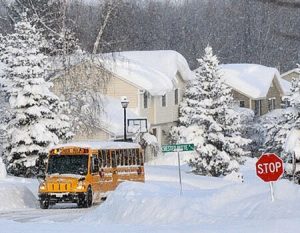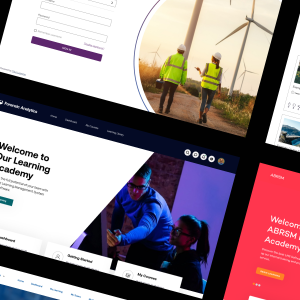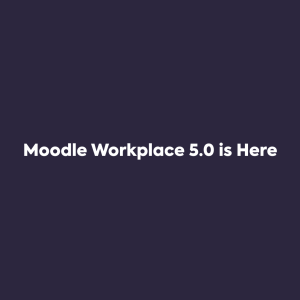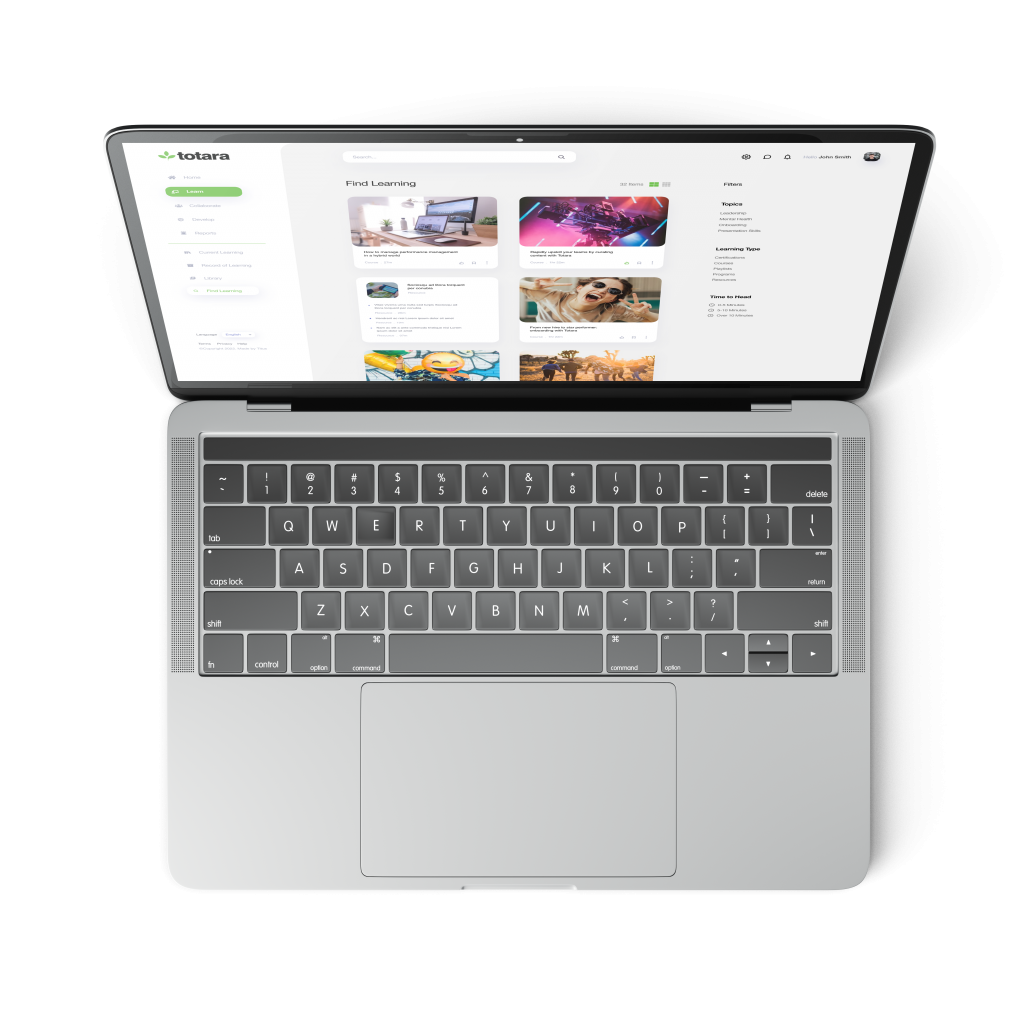
We’ve looked at a few of the ways VLEs can provide a substitute for classroom teaching when needed, discussed a couple of scenarios where this might come in handy, and added some tips how to best prepare for such a situation.
When might you need to rely on teaching online?
The most common reason for needing a virtual alternative to classroom teaching is in the case of the classroom not being available or inaccessible, such as if the school is closed due to bad weather. This will often be an unplanned situation, so it’s vital to have done some preparation in advance.
Another scenario which may require an alternative to classroom teaching on a more individual basis would be long term illness or disability of a student which prevents them from accessing classroom teaching in the usual way. In this case there may be more time to prepare and adapt as the situation develops, but it’s still worth planning ahead for this type of scenario.
What resources are available?
The closest replication of a classroom is probably using video conferencing. This is ideal for delivering an existing lesson plan as it provides the same one-to-many communication and works in real-time.
Engagement can be a worry when you’re not in the same room, but most video conferencing software allows you to conduct quick polls or quizzes within the session to gauge who’s paying attention, or even see which participants are currently watching the video feed and which have an alternative window open.
If a live session isn’t practical, pre-recorded videos can be a useful alternative. Obviously these would need to be prepared ahead of time, and can then be distributed to students on the day either as a downloadable file, embedded within the VLE, or uploaded to YouTube, Vimeo or a similar video sharing site. You can set a follow up assignment to assess students’ understanding of the material, or review at the next classroom session.
Chat and messaging apps, usually built in to the VLE, allow you to be on hand virtually to answer any queries students might have, and provide support if they get into difficulty. If you’re not available at the scheduled lesson time, you can always set assignments or quizzes ahead of time using the VLE and answer questions at a later stage via a forum or web chat.
Planning ahead
To ensure you’re well prepared when an emergency situation crops up, a little forward planning is required. Firstly, you’ll need to make sure you have the right set up at your home office to use the different channels of communication we discussed above. For video conferencing you’ll need a webcam and microphone, as well as an appropriate area to use as a backdrop. You’ll also need to make sure any resources such as video files, handouts etc are available to you at home (hint – use the VLE for this!).
Similarly, you’ll need to ensure your students are prepared, and aware of your expectations in these types of situation. A school closure can be viewed as an unplanned holiday by many students (and some staff!).
It would also be a good idea to involve parents in the planning, so they’re aware of what’s expected.
It’s probably wise to run a classroom session early in the term explaining the procedure for unplanned interruptions to the schedule, for example, all students are expected to check their email first thing to receive instructions for the day, attendance at video conferencing lessons is as mandatory as classroom lessons, and so forth.
If you’d like to find out more about how your VLE can enable teaching online in these kind of scenarios, please get in touch. We’d be happy to talk you through some examples from other schools we’ve worked with.






